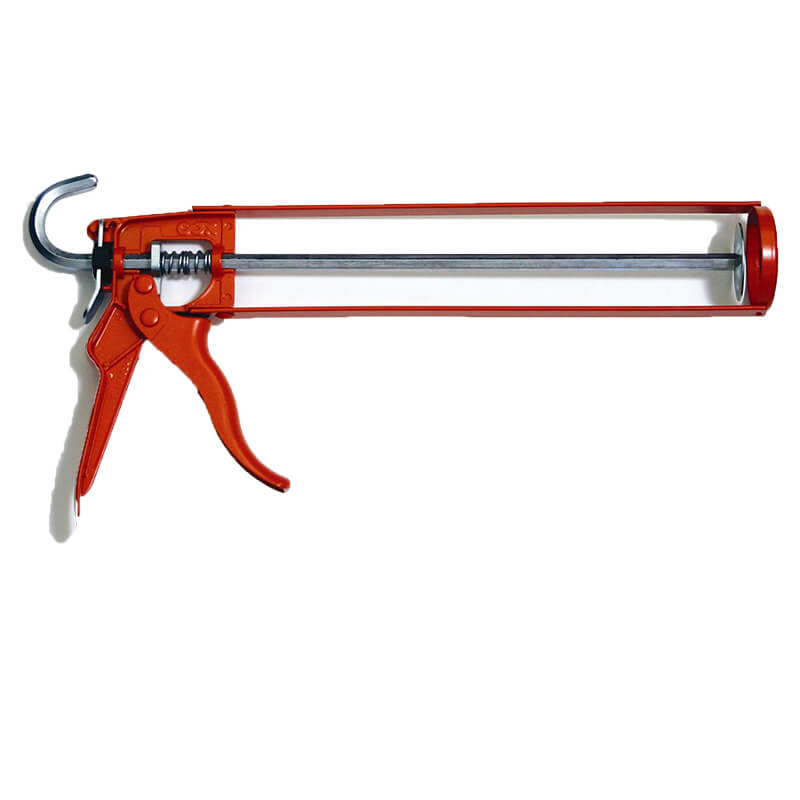From Monday to Friday, 7:30am - 4:30pm




SKU: 122402
Brand: Soudal

300ml Silirub LMN Clear Silicone
Lead Time - In Stock

300ml Silirub LMN White Silicone
Lead Time - In Stock

Orange Cox Silicone Gun
Lead Time - In Stock

Twistry Nozzle Pack of 5
Lead Time - In Stock

300ml Silirub LMN Clear Silicone
Lead Time - In Stock

300ml Silirub LMN White Silicone
Lead Time - In Stock

Orange Cox Silicone Gun
Lead Time - In Stock

Twistry Nozzle Pack of 5
Lead Time - In Stock

300ml Silirub LMN Clear Silicone
Lead Time - In Stock

300ml Silirub LMN White Silicone
Lead Time - In Stock
Need to see it before you buy? We offer samples of our uPVC building products to help you choose the perfect fit. Simply get in touch through our contact page, and we’ll be happy to assist!

We use cookies on this site to enhance your user experience. For a complete overview of all cookies used, please see our Privacy Policy


